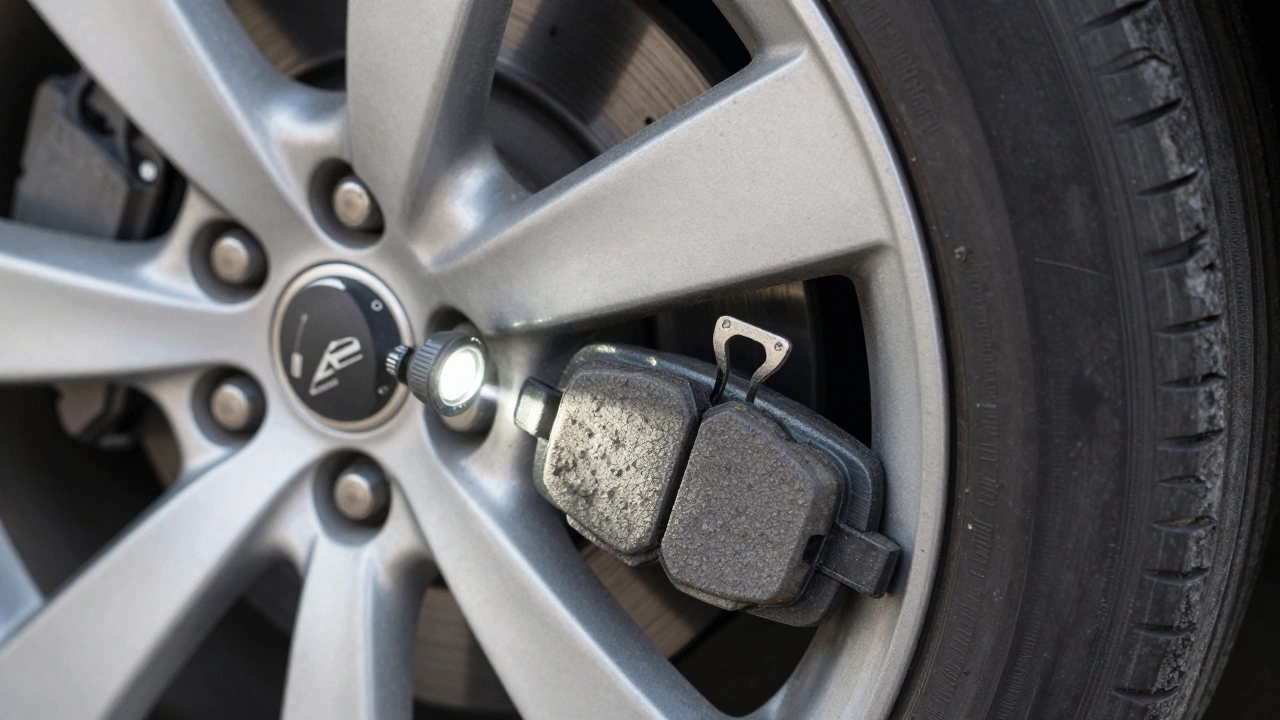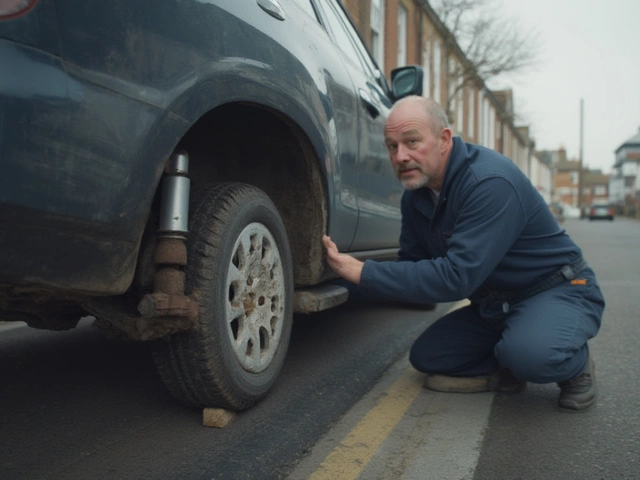Brake Pad Inspection – Your Quick Guide to Safe Braking
When working with brake pad inspection, a systematic check of a car's braking components to ensure they are within safe limits. Also known as brake check, it helps you catch wear before it causes loss of stopping power. A good inspection starts with the brake pads, friction blocks that press against the rotor to slow the wheel and the brake rotor, the metal disc the pads clamp onto. Brake pad inspection encompasses measuring pad thickness, checking rotor condition, and testing brake fluid level. It requires a simple feel‑gauge, a flashlight, and a clean work surface, tools most DIYers already own. When the pads are thinner than the manufacturer’s minimum (usually 3 mm), the rotor can overheat, leading to reduced performance and longer stopping distances. Scored or warped rotors, on the other hand, cause pulsation in the pedal and can damage new pads if left unchecked. By documenting pad wear and rotor health in one visit, you create a clear maintenance record that makes future decisions – like whether to resurface or replace – much easier.
What to Look for During a Brake Pad Inspection
Beyond pads and rotors, the brake fluid, hydraulic fluid that transfers pressure from the pedal to the brake calipers is a silent but critical player. Low fluid or dirty, moisture‑laden fluid can cause spongy pedal feel and even brake failure under hard braking. Checking the fluid level in the reservoir and ensuring it meets the clear‑to‑white color guideline prevents corrosion inside the master cylinder. Brake wear influences overall safety: uneven pad wear signals a misaligned caliper or seized slider, which can lead to uneven braking and unpredictable vehicle behavior. A quick spin‑test of each wheel can reveal wobble caused by a warped rotor – if the wheel vibrates at low speeds, the rotor likely needs resurfacing or replacement. Finally, remember that a proper brake pad inspection is often part of the UK MOT test; failing to address obvious wear can result in a test failure, forcing you back to the garage.
Armed with these basics, you’ll know exactly what to examine, why each part matters, and how the pieces fit together in the braking system. Below you’ll find a hand‑picked collection of articles that dive deeper into tyre choices, fuel‑pump symptoms, suspension health, and more – all the practical knowledge you need to keep your car running safely and smoothly.
 1 December 2025
1 December 2025
How to Tell if Brake Pads Are Worn: 5 Clear Signs You Need New Ones
Learn the 5 clear signs your brake pads are worn, including squealing noises, grinding sounds, pedal feel, visible wear, and pulling when braking. Know when to replace them before it’s too late.
 20 October 2025
20 October 2025
How to Check If Brake Pads Are Worn - Simple DIY Guide
Learn how to spot worn brake pads, measure their thickness, and know when to replace them-simple DIY steps plus a handy checklist.






0